Carbon management in tourism: comprehensive carbon management Evasion Phuket & Six Senses Spa Thailand
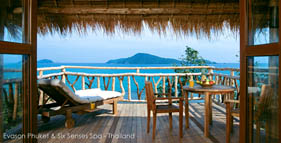
The issue: emissions in tropical resorts can exceed 100kg of CO2 per guest per day
Accommodation establishments, and in particular resort hotels in the tropics have energy requirements which are considerably different from accommodation in other latitudes. A/C is a primary factor in energy use, demanding large amounts of electricity, which are often produced in less efficient generators. Emissions in tropical resorts can exceed 100 kg CO2 per capita per day, and there is thus considerable potential for energy savings.
The solution
Six Senses is a resort and spa management and development company, established in 1995, operating under the brand names Soneva, Six Senses Hideaway, Six Senses Latitude, Evason, as well as Six Senses Spas and Six Senses Destination Spas. In 2009, Six Senses operated 26 resorts (open or under development) and 41 spas with a total of 1,200 rooms and 3,700 employees under the Six Senses brand name. Six Senses has the ambition to have a net zero carbon footprint in 2010, and to turn into a net sink of emissions by 2020.
In order to achieve this goal, Six Senses has developed an online carbon calculator, which can be adapted to each resort or spa by changing the settings for emission factors and country-specific details. The calculator was developed by Carbon Foresight, a company based in Canada specializing in carbon audits, and considers the GHGs covered in the World Resources Institute/World Business Council for Sustainable Development Protocol (WRI/ WBSCD 2004).
This includes the long-lived GHGs CO2, CH4, N2O, and the use of a Rowse Radiative Forcing Index of 1.9 for emissions from aviation, following the recommendation by the Department of Energy and Climate Change (2009).
Currently, nine resorts have completed a carbon footprint inventory report, i.e. all that have been operational for at least a year, with data being fed into the carbon calculator on an annual basis. Other resorts are currently recording figures on energy consumption as well as guest flights, transport of products, water consumption, waste and food.
Six Senses’ carbon footprint inventories cover:
- Scope 1: Direct carbon emissions from sources that are owned by the resort/spa.
- Scope 2: Indirect carbon emissions from the generation of purchased electricity.
- Scope 3: Indirect carbon emissions that occur as a consequence of the activities of the resort/spa, but from sources not owned or controlled by the resort/spa.
The inventory thus covers energy used in buildings (electricity, heating/cooling), waste, ground travel, air travel, shipping, paper and food, and goes beyond the framework for emission inventories as recommended by Gössling (2009) for carbon-neutral destinations, in that even emissions associated with food production are considered. The inventory does however focus on energy throughput, i.e. it does not consider emissions on a lifecycle basis.
Results from the inventories show that the vast majority of emissions are associated with production and consumption outside the hotel, and in particular air travel, which accounted for a minimum of 76.4 per cent of emissions in the nine resorts assessed. In the case of Evason Phuket resort, 93.8 per cent of all emissions are associated with air travel, with a total of 67,112 t CO2-eq being emitted by the hotel with its 260 rooms in 2009. Of the remainder, electricity generation is particularly emission intense, accounting for about 4.5 per cent of emissions
Six Senses has compiled an emissions benchmark of the nine resorts audited so far. The benchmark compares overall emissions in tonnes CO2-eq by scope (1–3), by revenue and by guest night. Results are also compared with assessments by chains Marriott International, Scandic Hotels, and Whitbread. Results show that on a guest night basis, there are considerable differences in emissions, varying between 0.46 t CO2-eq (Evason & Six Senses Hua Hin) to 1.66 t CO2-eq (Six Senses Yao Noi). Calculated on a revenue basis, there are also considerable differences, with a factor of 5, in emissions caused to generate US$1 million (about €700,000) in revenue: for Evason Ana Mandara Nha Trang resort this is 93 t CO2-eq/US$1 million and for Six Senses Zighy Bay 490 t CO2-eq/US$1 million.
Based on the carbon footprint inventory, Six Senses have implemented various measures at Evason Phuket resort to reduce energy consumption:
- An energy monitoring system has been installed
- More efficient A/C with mini chiller systems has been installed.
- Water is heated through a solar thermal plant.
- Gas is used as a back-up heat source for solar thermal.
- Water is pumped to a high point, allowing use of gravity for distribution, reducing energy use for pumps.
- Medium voltage (6.6 kV) underground electrical cables have been installed to reduce power loss due to length of running power cables.
- Energy-efficient light bulbs are used.
- A water pond is used to create insulation and cooling for conference room.
- A waterfall serves as insulation and cooling for Kid’s Club.
- Natural ventilation is used in lobby and restaurants instead of A/C.
- The main kitchen has been renovated to maximize natural ventilation an light; refrigerators built into wall to dispose of heat outside.
- The power diesel generator has been set on low revolutions per minute.
- A biomass absorption chiller turning garden waste to air-conditioning for the general store has been installed.
The return on investment of these measures has been calculated at ranging between six months to ten years:
- The energy monitoring system cost US$4,500 (€3,100), enabling the resort to achieve 10 per cent energy savings as well as to identify areas for further savings.
- Investment for the mini chiller system was US$130,000 (€90,000), which saves US$45,000 (€31,300) annually, and thus pays off in 2.8 years.
- The Quantum heat recovery system cost US$9,000 (€6,300), saving US$7,500 (€5,200) annually, corresponding to 1.2 years payback time.
- The laundry hot water system cost US$27,000 (€18,800), saving US$17,000 (€11,800) annually (1.6 year payback time).
- Efficient lighting cost US$8,500 (€5,900), resulting in US$16,000 (€11,100) savings per year, i.e. taking six months to pay back (not consid- ering the longer life-span of the lights).
- Investment in a water reservoir was US$36,000 (€25,000), leading to annual savings of US$330,000 (€230,000) (less than a month payback time).
- Biomass absorption chiller cost US$120,000 (€83,500) resulting in US$43,000 (€29,900) saving annually, i.e. 2.8 years payback.
- Medium voltage (6.6 kV) underground electric copper cables cost US$300,000 (€209,000).
Payback is roughly 10 years from lower energy loss, but other benefits include less radiation, less power fluctuation, reduced fire risk and a prettier resort compared to old hanging low voltage electrical cables.
Impact
Six senses has engaged in an energy and GHG emissions assessment going beyond measurements in most other accommodation establishments, as the company assumes responsibility even for the emissions caused by travel to the destination, and includes non-CO2 GHGs in its assessment. System boundaries chosen even include food, even though emissions are not calculated on a lifecycle basis. By creating its own carbon calculator, the company can assess various key performance indicators, including emissions per guest night or per US$1 million turnover (€700,000). Benchmarking, even in comparison to other chains, helps to reduce emissions, for which various economical measures have been identified.
The above was excerpted from ‘Carbon Management in Tourism’ by Professor Stefan Gossling due to be published by Routledge on 9 December
www.routledge.com/books/details/9780415566339/
Edited by Valere Tjolle
Valere Tjolle is editor of the Sustainable Tourism Report Suite 2011 – latest news on the suite at www.travelmole.com/stories/1145615.php
 United Kingdom
United Kingdom United States
United States Asia Pacific
Asia Pacific

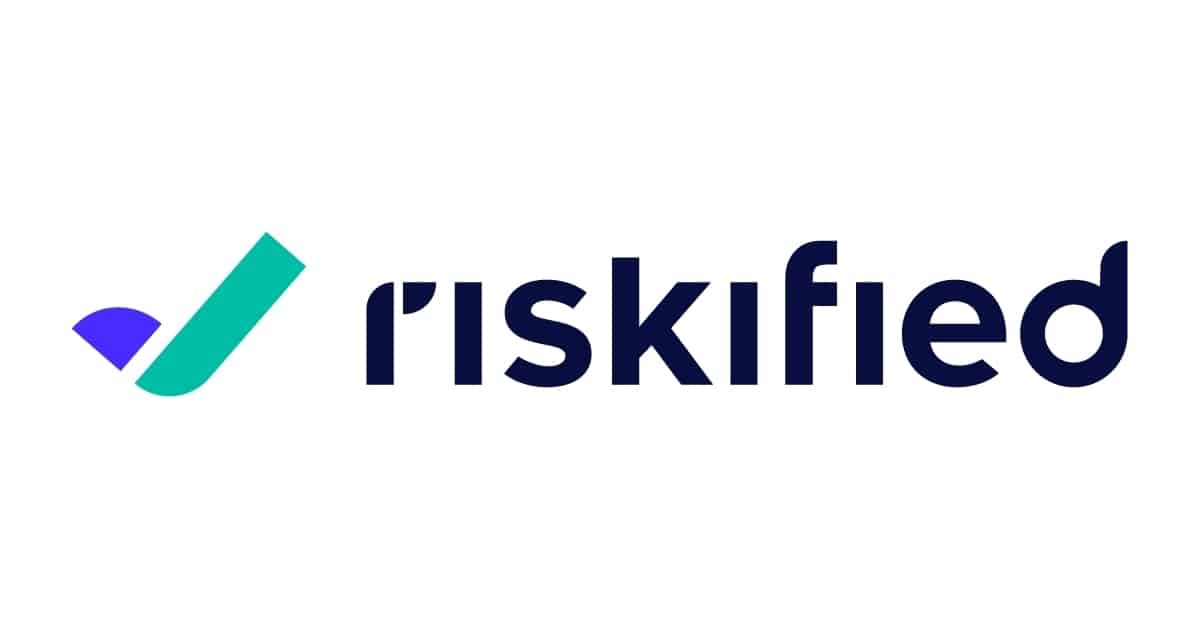

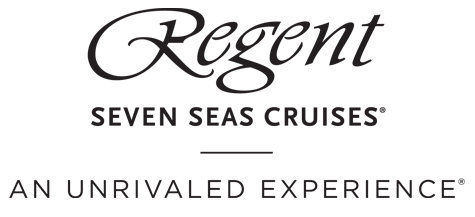
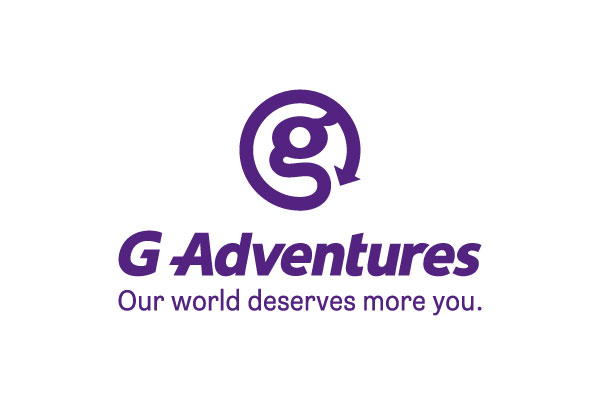
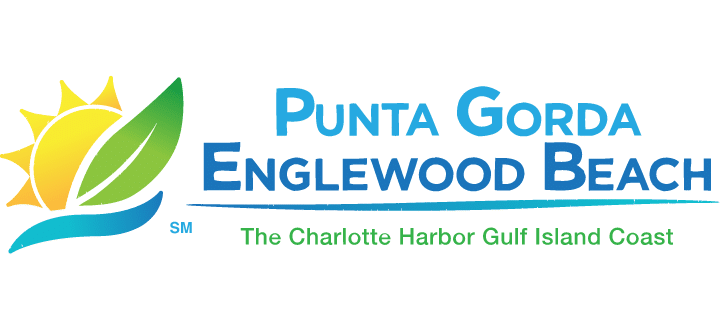

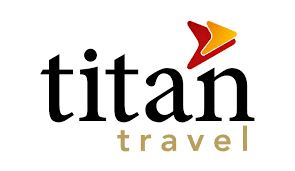








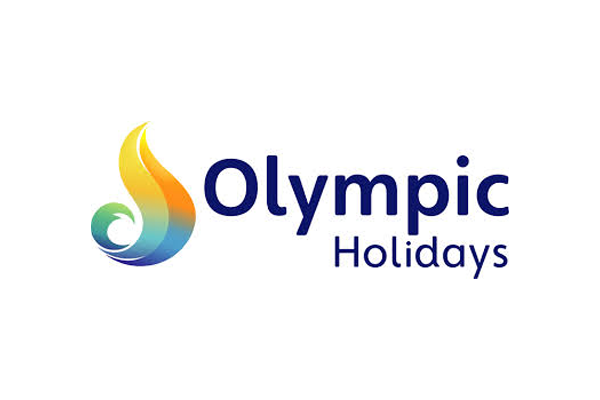
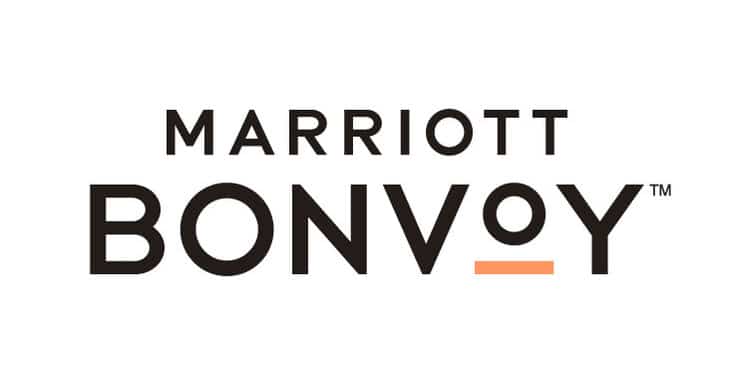

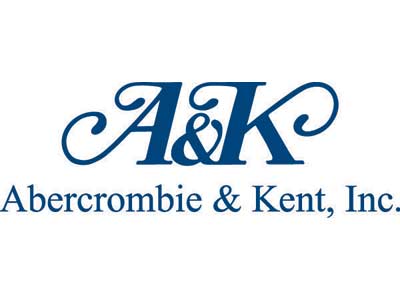
















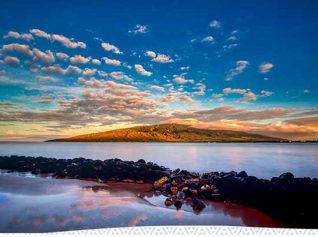
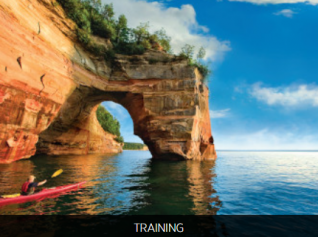






EU airports bring back 100ml liquid rule
British Airways passengers endure 11-hour 'flight to nowhere'
CLIA: Anti-cruise demos could cause itinerary changes in Europe
Co-pilot faints, easyJet flight issues ‘red alert’
Gatwick braces for strike